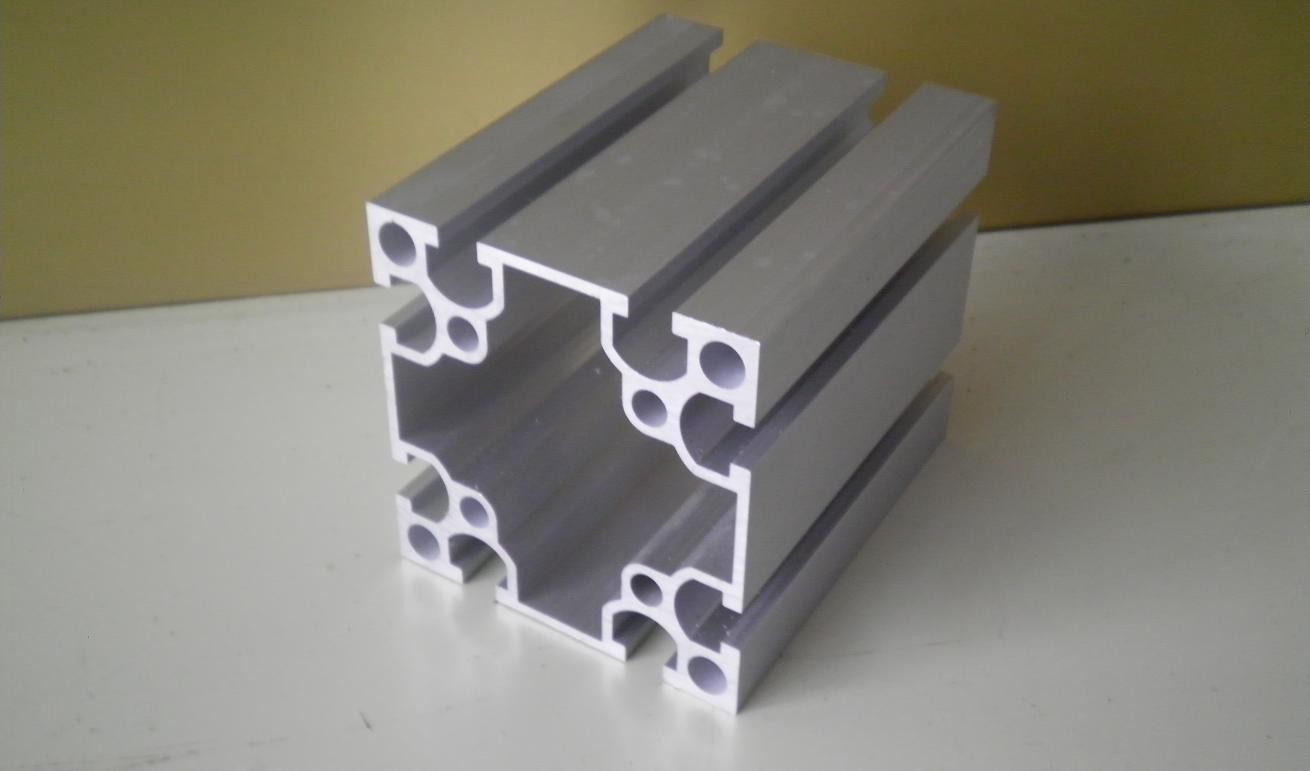When it comes to enhancing the exterior of a building, two popular options often come to mind: cladding and rendering. Both methods serve to protect structures while providing aesthetic appeal, but they differ significantly in terms of materials, installation processes, and, most importantly, cost. This article delves into the nuances of cladding and rendering, ultimately answering the question: Is it cheaper to clad or render?
Understanding Cladding and Rendering
Cladding refers to the application of one material over another to provide a skin or layer, which can be made from various materials such as wood, metal, vinyl, or composite materials. Cladding serves multiple purposes, including insulation, weather resistance, and aesthetic enhancement.
Rendering, on the other hand, involves applying a mixture of cement, sand, and water (often with additives) to the exterior surface of a building. This technique is predominantly used on masonry structures and can be finished in various textures and colors. Rendering provides a smooth, uniform appearance and can also improve insulation properties.
Cost Breakdown: Cladding vs. Rendering
- Material Costs
The first factor to consider is the cost of materials. Cladding materials can vary widely in price:
- Vinyl Cladding: Generally the most affordable option, ranging from $2 to $7 per square foot.
- Wood Cladding: Prices can range from $3 to $10 per square foot, depending on the type of wood and treatment.
- Metal Cladding: Typically costs between $5 and $15 per square foot, with aluminum and steel being common choices.
- Composite Cladding: This can range from $6 to $12 per square foot, offering durability and low maintenance.
In contrast, rendering materials are generally less expensive. The cost of rendering materials, including cement, sand, and additives, usually falls between $1 and $4 per square foot. However, the final price can increase based on the complexity of the finish and any additional treatments required.
- Labor Costs
Labor costs can significantly impact the overall expense of both cladding and rendering. Cladding installation can be more labor-intensive, especially for complex designs or materials that require precise fitting. Labor costs for cladding can range from $3 to $10 per square foot, depending on the material and the intricacy of the installation.
Rendering, while also requiring skilled labor, is often quicker to apply. The labor costs for rendering typically range from $2 to $6 per square foot. However, it’s essential to consider that rendering may require more frequent maintenance and repairs, which can add to long-term costs.
- Long-Term Costs and Maintenance
While initial costs are crucial, long-term expenses should not be overlooked. Cladding, particularly when made from durable materials like metal or composite, often requires less maintenance than rendering. For instance, wood cladding may need periodic staining or sealing, while metal cladding can be susceptible to corrosion if not properly treated.
Rendering, while initially cheaper, may require repainting or resurfacing every few years, depending on environmental conditions. This ongoing maintenance can accumulate, making rendering potentially more expensive over time.
Aesthetic Considerations
Beyond cost, aesthetic preferences play a significant role in the decision-making process. Cladding offers a diverse range of styles and finishes, allowing for a more customized appearance. This versatility can enhance property value and curb appeal, making it a worthwhile investment despite higher upfront costs.
Rendering provides a sleek, modern look and can be easily painted or textured to match various architectural styles. However, the limited range of materials may not appeal to those seeking a more unique or varied exterior.
Conclusion: Making the Right Choice
Ultimately, the decision between cladding and rendering hinges on various factors, including budget, aesthetic preferences, and long-term maintenance considerations. While rendering may initially appear cheaper, cladding can offer greater durability and lower maintenance costs in the long run.

